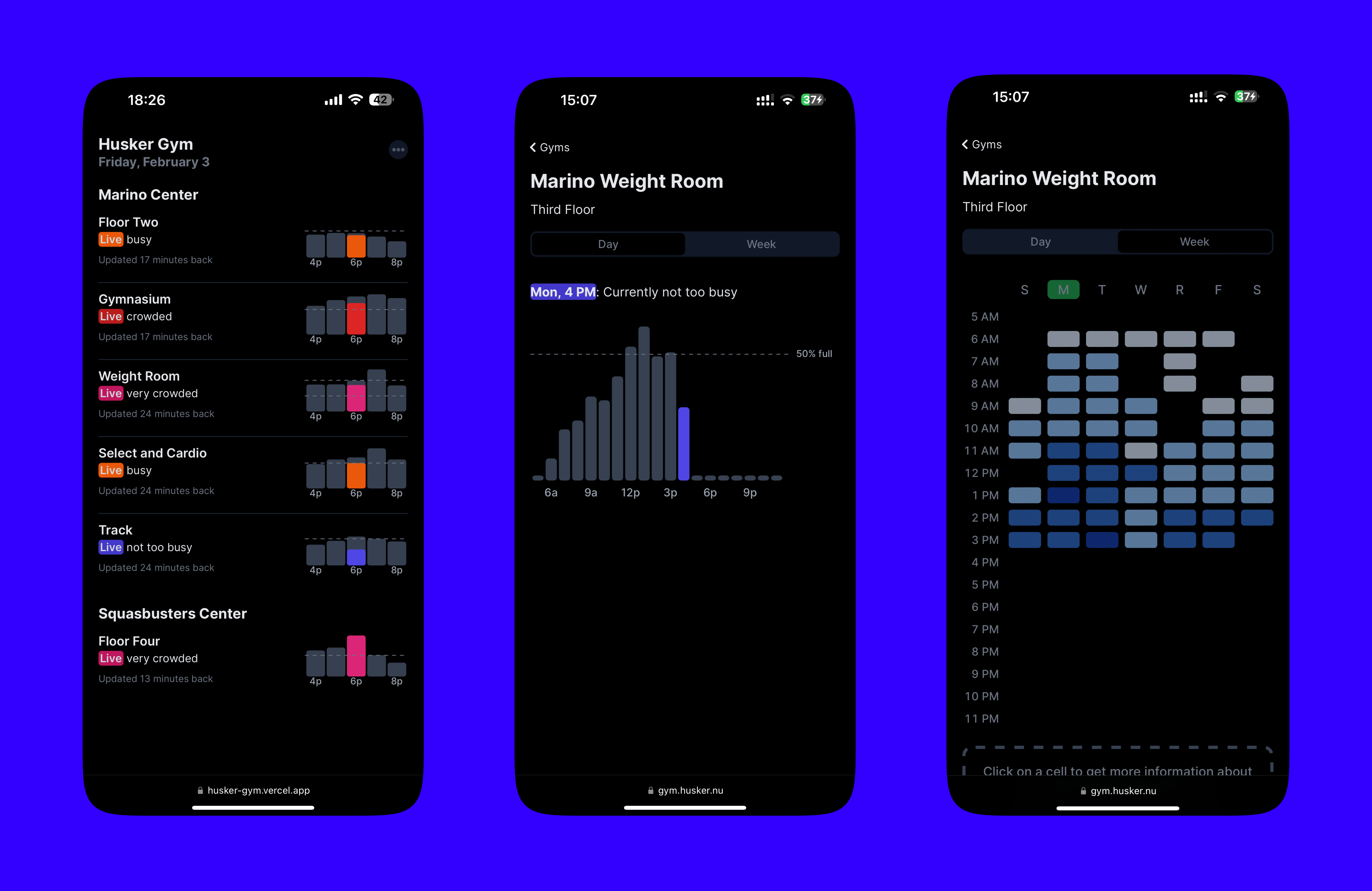Charts
After experimenting with different charting libraries like Visx, I decided to use raw D3 instead. I ran into issues integrating Visx into a Nextjs project with server components. Upon closer inspection, I found that Visx was a very thin wrapper around D3 for React, so working directly with D3 was easier.
While most D3 tutorials create charts and visualizations through direct DOM manipulation, I decided to only use the "calculation" functions so I could create my chart declaratively with React. Overall, the experience was enjoyable and much smoother than I had expected.
UI
Designing the main page, I drew inspiration from the clean and intuitive interface of the iOS stocks app, and I'm extremely satisfied with the result.

Unlike the previous iteration with displayed numbers and percentages, the new interface presents information in a more visual user-fiendly way. With colors and descriptive labels, users can quickly interpret the data at a glance without having to do any mental math.
Timezones
I ran into some pretty challenging timezone issues with this project. My original plan was to
- scrape the data in EST
- convert it to UTC
- store it in the database
- retrieve the UTC time
- use
Date.getHours()to get the hours in the local timezone
In this case the local timezone is EST as all my users are in Boston.
But I realized that React components in Nextjs 13 run on the server regardless whether they are server or client components. Adding "use client" are still rendered on the server.
On initial load, the client components are rendered on the server too. But when you navigate within the website (going from / to /gym, for example), the client components are rendered on the client. Now when you reload the page (reload /gym), the client components are rendered on the server, and therefore have a different value of Date.getHours().
To fix this, I had to subtract 300 minutes from the UTC time to adjust for the time difference between EST and UTC. This is technically creating a UTC timestamp, which actually stores an EST time. With this, getHours() returns the same hour on the server and client. This isn't an ideal solution and is going to break during daylight saving time.
March 12, 2023 update
We are now in daylight savings time and the clocks have been moved forward by an hour. To fix this, I had to change the the hardcoded 300 to 300 - 60.